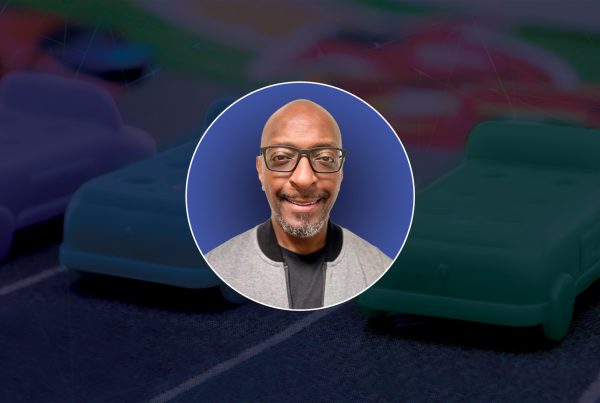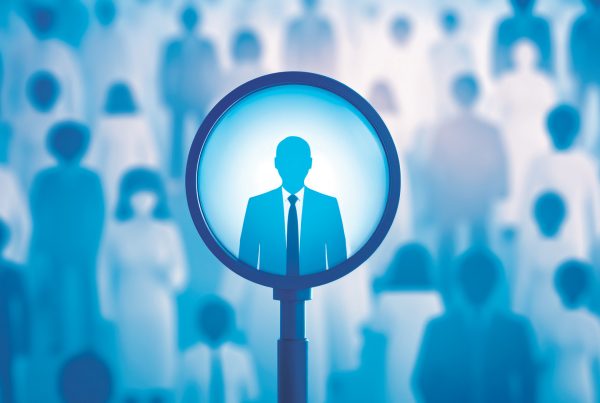Stephen Giuliani, a lead technical architect at ľ��AV, has a history of pushing technological innovation and collaboration to help solve massive challenges.
Stephen’s career has been defined by the need to work well with disparate teams. That was true when he worked on Project Salus, the Department of Defense (DoD) AI project that played a critical role in providing predictive analytics on the effects of COVID-19 (including the impact on DoD command logistics and future planning). And it’s been true as he’s continued to manage multi-hybrid-cloud enclaves for the DoD. His goal? Helping the government respond more effectively to the many national security threats our nation faces, as well as the most critical needs of its citizens.
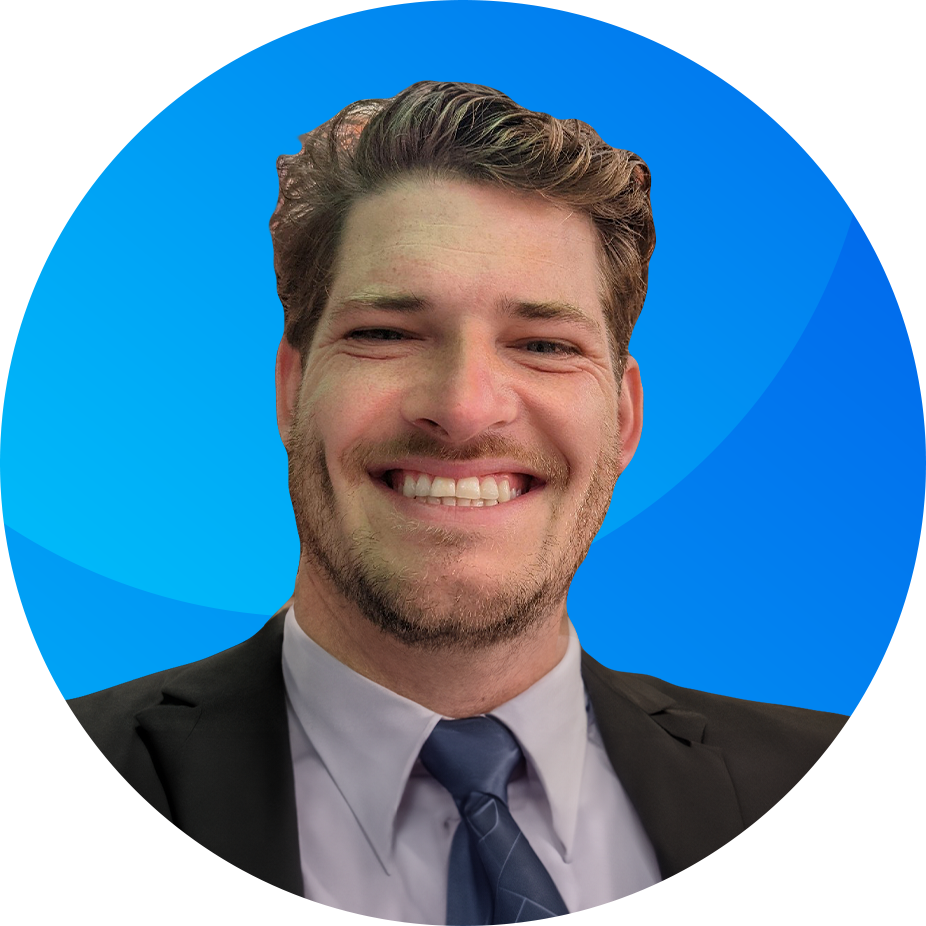
We sat down with Stephen to discuss what it means to bring together the best industry teams to solve complex problems. Along the way, we got insight into how ľ��AV stands apart as a systems integrator executing great ideas.
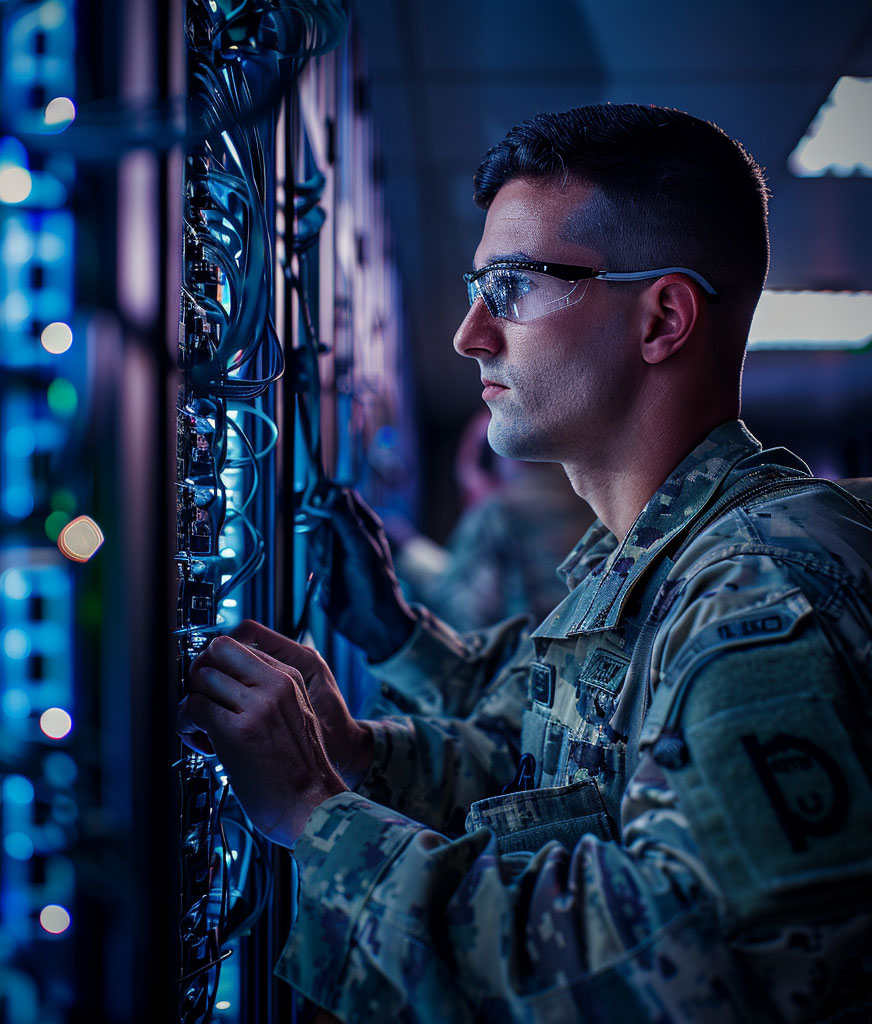
Q: Could you give us an overview of the work you do?
A: Technical architects help plan, design, and build IT systems. In my case, for several years I’ve been focused on cloud architecture and infrastructure, which, when you’re working primarily with the government and specifically the DoD, means building operational environments that are secure, adaptive, and agile. It also means understanding the balance of the role existing systems play versus the benefits of innovation, migration, etc.
A few years back, I was involved with Project Salus, which leveraged predictive analytics to predict everything from COVID-19 hotspots to logistical issues, to which military bases were best for stockpiling food and supplies. Salus also provided statistical insights into COVID-related anomalies and emergent phenomena that could affect DoD’s interests. My part in that was not only acting as the primary data engineer, but also helping design and build the underlying infrastructure that our mission partners — Amazon, IBM, Microsoft, Dell, Humetrix, LUCD, and others — needed to run their operations.
So, the throughline or connective tissue here is collaboration. I help build environments that enable mission partner collaboration on a critical scale, without sacrificing security.
Q: You talk about enabling greater collaboration at the DoD and across the government. Why is that such a critical issue?
A: So, the very nature of these agencies and the work they do has an impact, whether subtle or overt, on the day-to-day life of every citizen of this country. They’re doing critical mission work, and one thing that can happen is solution providers can get stuck in a reactionary mindset where they wait for the customer, be it the DoD or whomever, to bring problems to them before acting. That leads to suboptimal, less efficient government responses. And we most often see this in environments where there’s just one provider trying to do it all themselves, with less collaboration and less drive towards innovating new solutions.
The alternative is enabling greater collaboration within environments that are still secure. Collaboration fosters innovation, integration, adoption, and vision beyond what I call the “hive mindset.”

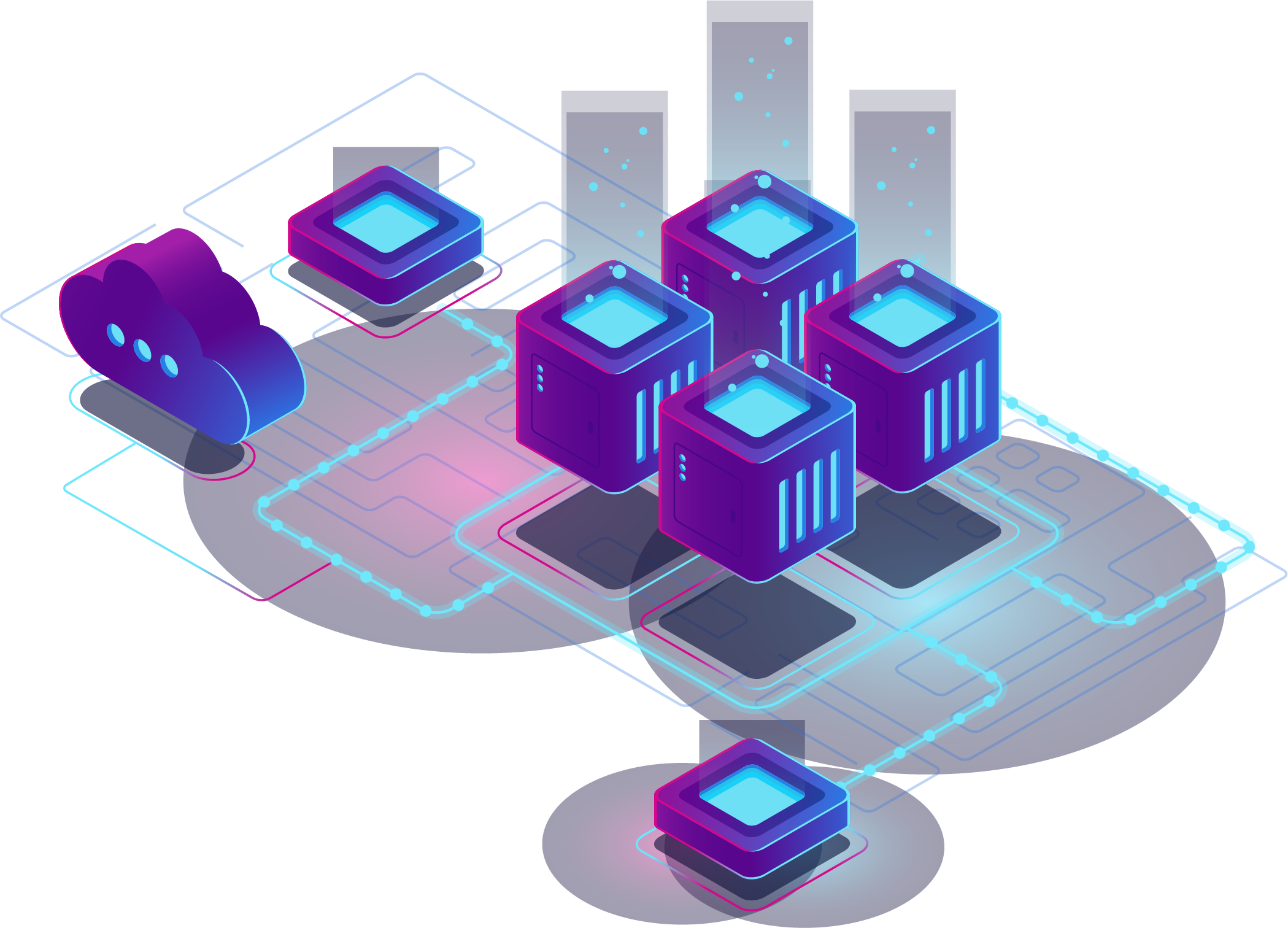
Q: What is it about ľ��AV’ approach to delivering cloud infrastructure that enables collaboration and, by extension, innovation?
ľ��AV sees the value not only in bringing a proactive mindset to solution delivery, but also in pushing the envelope and even challenging our customers a bit at times. If ľ��AV has a vision for how the DoD can leverage more collaborative network infrastructure to achieve better outcomes faster, it’s incumbent on us to articulate and demonstrate that.
Can we bring mission partners in at a secret level to do constructive work? Can we set up network infrastructure that meets the same infrastructure requirements that you would hold U.S. citizens to, while allowing other communities to access it in a controlled, secure way?
We think so, but there’s an important balance to strike here because we can’t ignore our customers’ very real and valid concerns around data security. Security is of paramount importance. So, it’s in that balance where you’re ultimately going to innovate. And we get there by bringing in and integrating the best teams and the best ideas, because we know that we’re not the only ones with great ideas, but we have a proven record of executing them.
Q: Any final insights you’d like to leave us with?
A colleague of mine once used the phrase “the art of the possible” to describe how we should think about technical transformation and collaboration in these environments. It’s worth asking your customer to rethink how they do things versus what’s possible. Are you doing it this way just because that’s how you’ve always done it? Are there opportunities to do something differently, more efficiently, more beneficially than before? So, I think presenting that question, but in very pragmatic terms, is essential.
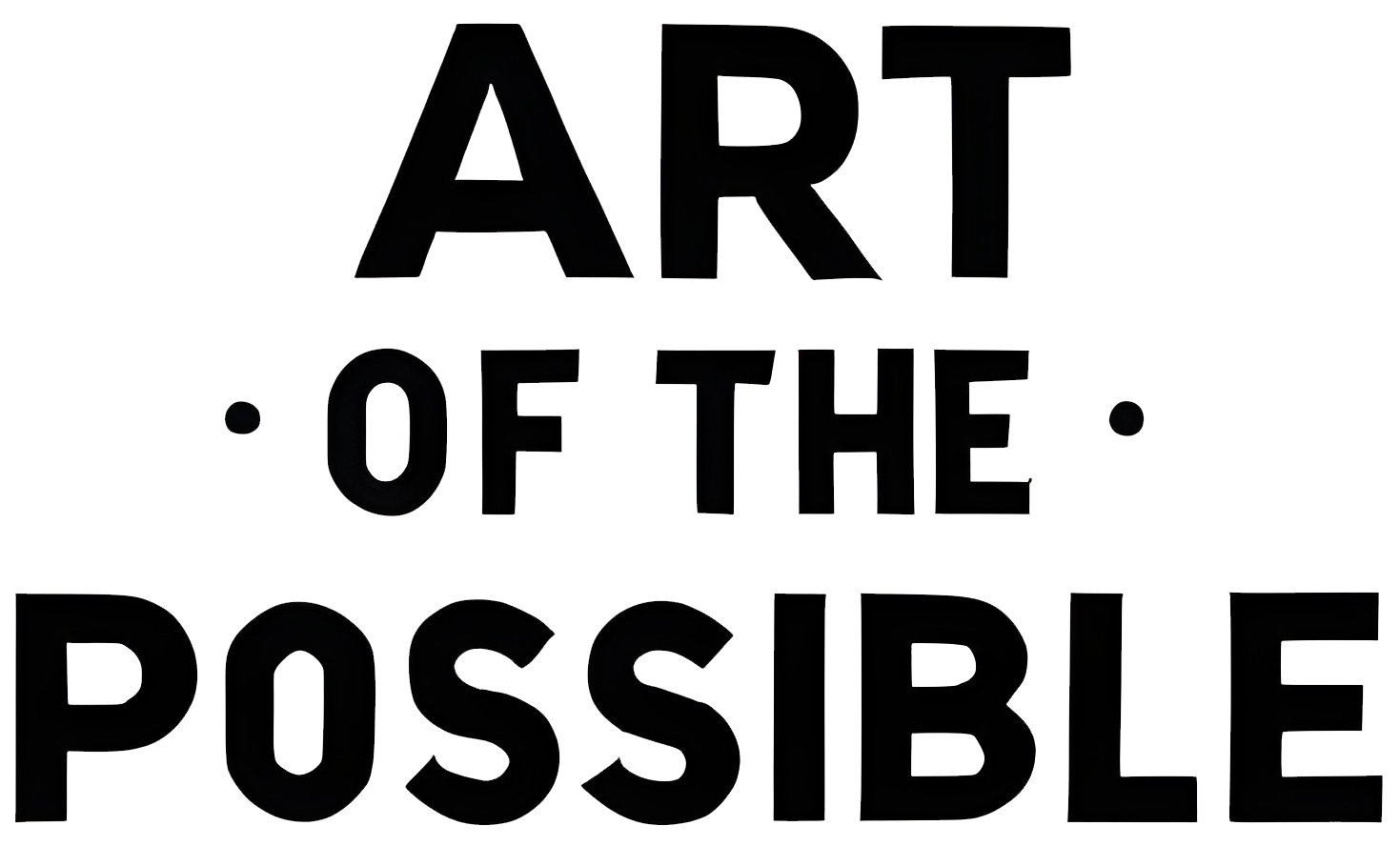
And finally, I’ll just say in cases when we work on something truly innovative — and by innovative, I mean the thing didn’t exist before and now it does or could — that’s hugely rewarding. Sure, it’s disappointing if it’s not ultimately adopted, but even those times provide learning opportunities and fuel for further innovation. You know that in this line of work you’ll ultimately get to see the fruits of that labor.




